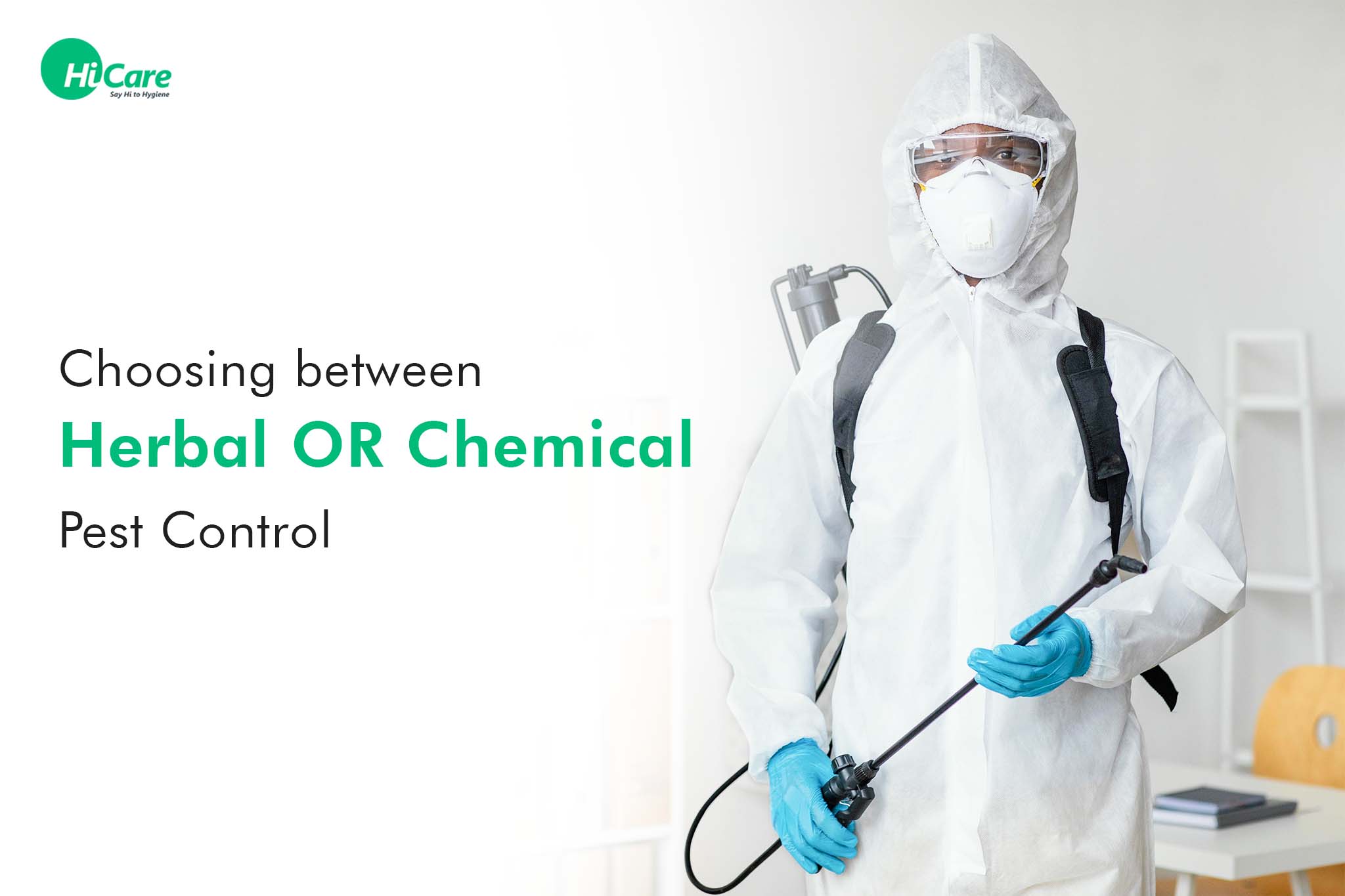High Quality A1 Pest Control Services Charlotte - Safeguard Your Home
High Quality A1 Pest Control Services Charlotte - Safeguard Your Home
Blog Article
Bed Bug Therapy Breakdown: Contrasting Chemical Vs. Non-Chemical Solutions
In the realm of bug control, specifically when dealing with the persistent issue of bed insects, the choice in between chemical and non-chemical therapy services can be an essential one. Both methods supply distinct advantages and disadvantages, influencing elements such as efficiency, safety considerations, and general expense. By examining the nuanced details of each approach, a more clear understanding of which path to go after in resolving a bed bug invasion can be attained.
Effectiveness of Chemical Treatments
Chemical treatments for bed insect invasions have been extensively recognized for their fast and powerful efficacy in eradicating these bugs. When considering the performance of chemical treatments, it is critical to comprehend that they can give a thorough and fast service to a bed pest issue.
Additionally, chemical treatments have the benefit of supplying residual results, indicating that they can proceed to get rid of bed insects even after the initial application. This recurring action is particularly beneficial in combating any kind of prospective re-infestations. Additionally, the quick activity of chemical treatments can bring relief to people facing extreme bed bug problems, permitting them to gain back control of their space quickly.
Security Interest In Chemical Solutions
When using chemical options for bed pest treatment is making certain the safety and security of owners and the setting,One essential element that calls for cautious consideration. While chemical treatments can be efficient in removing bed pests, they might present threats otherwise taken care of effectively. Among the main safety and security worries with chemical services is the potential injury they can create to human wellness. Exposure to particular chemicals used in bed insect therapies can cause respiratory system issues, skin irritability, or various other adverse reactions, especially in individuals with pre-existing conditions or level of sensitivities. In addition, improper application or dosage of chemical pesticides can result in poisonous deposits remaining in the treated location, posing lasting health dangers to owners.
In addition, the environmental impact of chemical solutions is an additional substantial consideration. Some chemicals made use of in bed bug treatments may be hazardous to helpful insects, wildlife, and ecological communities if they leach right into the soil or water supply. It is vital to make use of chemical therapies sensibly, complying with security guidelines, and thinking about less toxic alternatives to mitigate these threats and guarantee the secure and reliable administration of bed bug infestations.
Advantages of Non-Chemical Methods
Taking into consideration the potential safety problems and environmental impact connected with chemical remedies for bed bug therapy, exploring non-chemical techniques provides an encouraging option with numerous distinctive advantages. Non-chemical therapies are eco pleasant, as they do not contribute to air or water contamination, making them a lasting option for pest control.
In addition, non-chemical options can be effective in targeting bed pests, including hard-to-reach areas where chemical therapies may not pass through. Approaches such as warm treatment, vacuuming, vapor cleaning, and mattress coverings supply thorough removal without making use of hazardous chemicals. Furthermore, non-chemical approaches can be much less turbulent, calling for very little prep work and allowing for quicker reentry right into treated areas. On the whole, choosing non-chemical bed pest treatment approaches not only focuses on security and environmental protection but also guarantees detailed and efficient insect control.
Limitations of Non-Chemical Treatments

Furthermore, non-chemical treatments commonly require several applications to attain effective removal. This can be taxing and may not always ensure full elimination of all bed pests and their eggs, particularly in hard-to-reach or hidden locations.
In addition, the success of non-chemical treatments heavily depends on proper execution and thoroughness, which can be testing for individuals without professional competence. Insufficient application of non-chemical techniques may result in insufficient removal, bring about persistent problems and the need for added therapies.
Consequently, while non-chemical treatments have their advantages, it is necessary to acknowledge these constraints and consider them when identifying the most efficient strategy for managing bed pest invasions.
Cost Contrast: Chemical Vs. Non-Chemical Options
Offered the limitations related to non-chemical treatments, an important facet to evaluate in the context of bed insect management is the expense comparison between chemical and non-chemical alternatives. Chemical therapies generally entail the application of pesticides by experts, which can range from $250 to $900 per space, relying on the severity of the problem and the these details dimension of the area to be treated. On the other hand, non-chemical treatments like heat therapy or vapor can be more expensive, with costs ranging from $1,000 to $6,000 for a whole home. While the first price of chemical treatments may appear reduced, several treatments may be required to totally eliminate the invasion, potentially enhancing the general expense. On the various other hand, non-chemical options might provide an extra eco-friendly and lasting solution, although they can be cost-prohibitive for some people. Ultimately, when thinking about the cost of bed bug treatment choices, it is essential to consider the ahead of time expenditures against the effectiveness and long-term sustainability of the selected method.
Verdict

Considering the prospective safety and security problems and environmental impact linked with chemical solutions for bed insect treatment, exploring non-chemical approaches offers an appealing choice with a number of distinctive advantages.Offered the restrictions associated with non-chemical treatments, a vital aspect to evaluate in the context of bed insect monitoring is the cost comparison between chemical and non-chemical choices. In comparison, non-chemical therapies like heat therapy or steam can be a lot more expensive, with prices varying from $1,000 to $6,000 for a whole home. While the initial cost of chemical treatments might seem lower, multiple treatments might be called for to totally eliminate the invasion, potentially raising the general price.In verdict, when comparing chemical and protection termite non-chemical bed bug treatment options, it is crucial to consider effectiveness, safety, advantages, limitations, and price.
Report this page